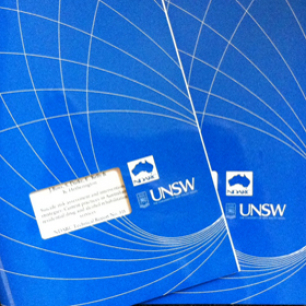NDARC Technical Report no. 327 (2014)
ABOUT THIS CRAFT MANUAL
Community Reinforcement and Family Training (CRAFT) as it is described in this manual has been adapted from a comprehensive explanation of the approach as published in Smith and Meyers (2004) Motivating Substance Abusers to Enter Treatment, Working with Family Members. This adapted CRAFT manual is designed for Indigenous Health and Family Workers and other workers within Australian Indigenous community settings to support the families and friends of people who are at risk for alcohol related harm. It is likely that workers using this CRAFT manual will have a variety of qualifications. Consequently some will have more knowledge and experience of alcohol related issues than others, including an understanding of the information in this manual. Some may also have completed the CRAFT training workshop conducted by Dr Robert Meyers in Orange in May 2011. But it is the view of the project team that this manual should take an equitable approach to ensure all workers are similarly equipped with the specialist skills and knowledge they need to confidently use CRAFT with Indigenous people. For this reason the manual acknowledges the range of existing skills and knowledge that workers might bring to this field. It also recognises the useful resources that already address alcohol issues as they affect Indigenous communities and does not attempt to duplicate them. Rather the manual focuses on information specific to the CRAFT approach as it might be used and adapted by all workers who provide health care to Indigenous people. The manual is written in plain English but uses technical and specialist terms when necessary. Detailed explanations and a glossary of terms and acronyms aim to ensure meanings are clear.
The manual has six sections as follows:
Section 1 outlines CRAFT’s structured approach to assist people who misuse alcohol and help their families. It includes a brief overview of some of the research evidence showing that CRAFT is particularly effective for supporting families who are dealing with alcohol related issues.
Section 2 describes the physical and social related harms that affect individuals who drink as well as those affecting their families and communities. It describes how CRAFT fits well with Indigenous health services and their holistic approach to health care provision, primary health care (PHC) and community development. The section concludes by describing the roles of individual and team health practitioners, families and the community in CRAFT.
Section 3 focuses on the Community Reinforcement and Family Training (CRAFT) component of CRAFT and describes the CRAFT procedures for assisting the families and friends of people who experience alcohol related harms.
Section 4 include appendices outlining sample CRAFT session plans, a glossary of useful technical terms and concepts used to talk about alcohol in health service settings and a list of helpful contacts and additional information to support the delivery of CRAFT.
Section 5 is a glossary that lists and explains useful technical terms and concepts used to talk about alcohol in health service settings.
Section 6 lists helpful contacts and additional resources to support the delivery of CRAFT.


